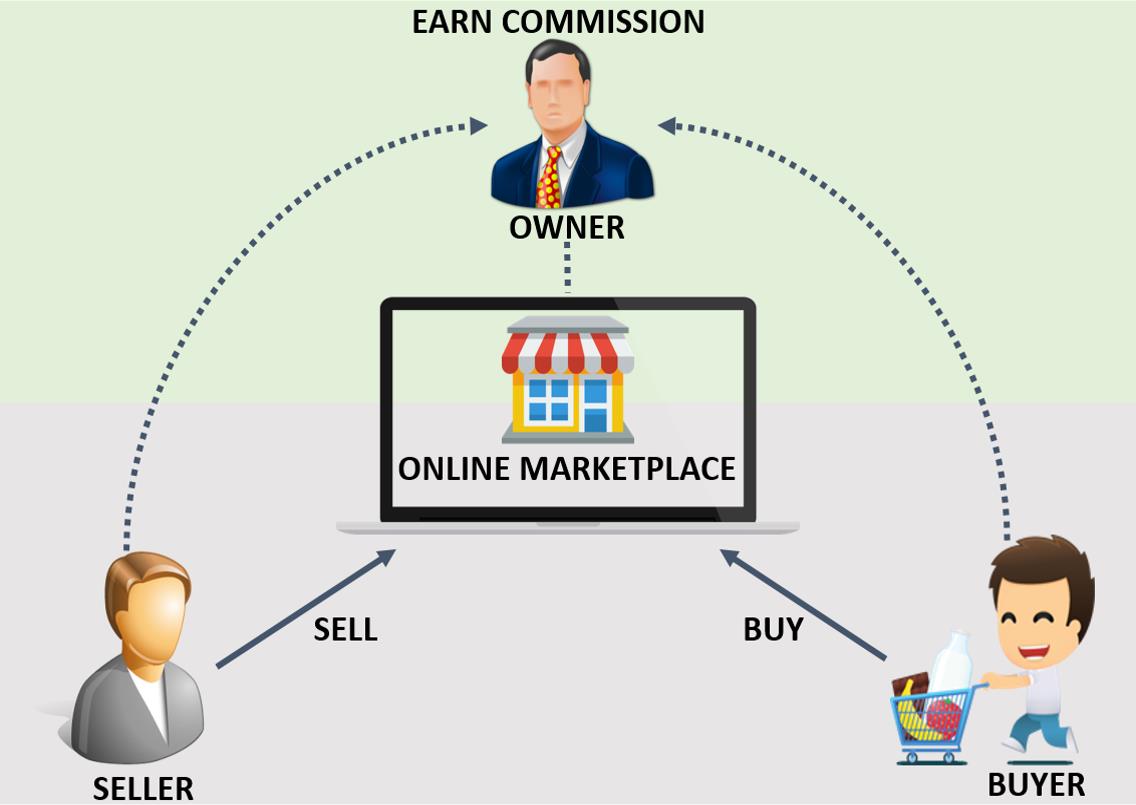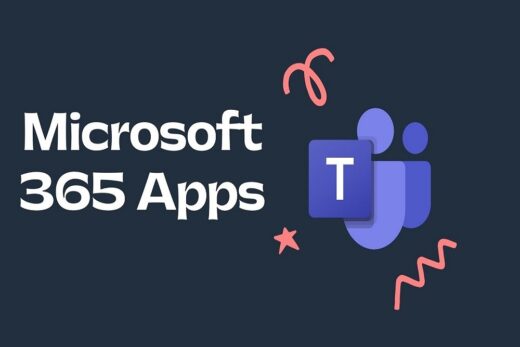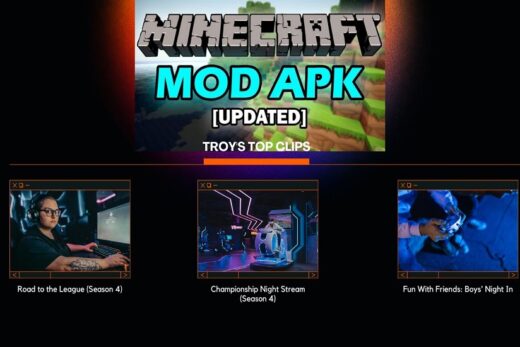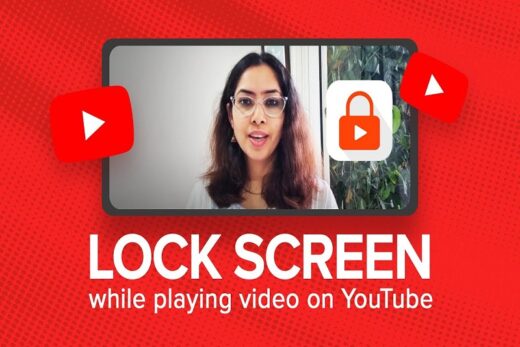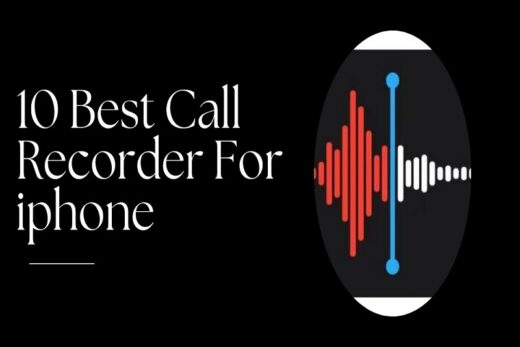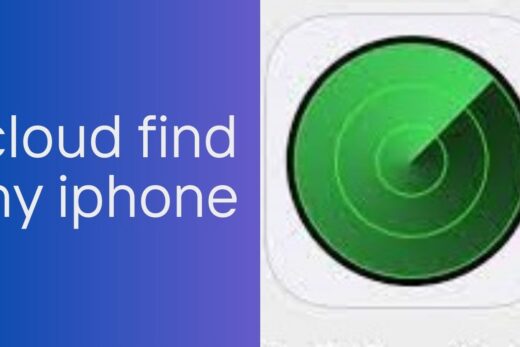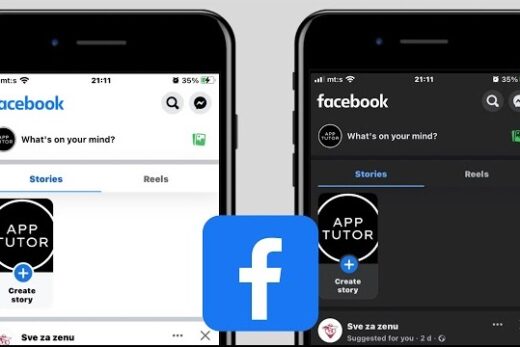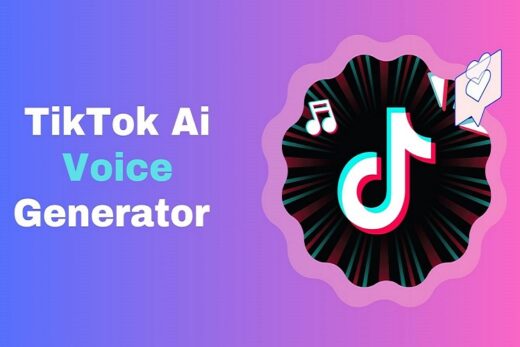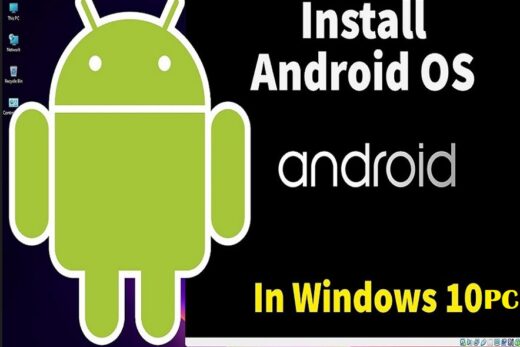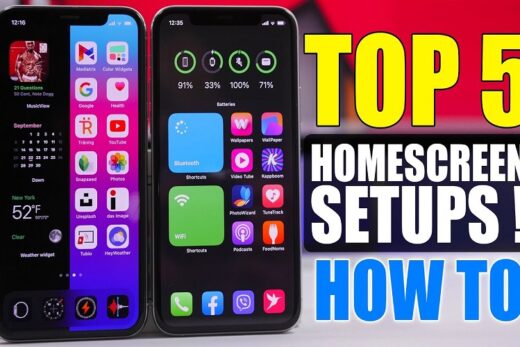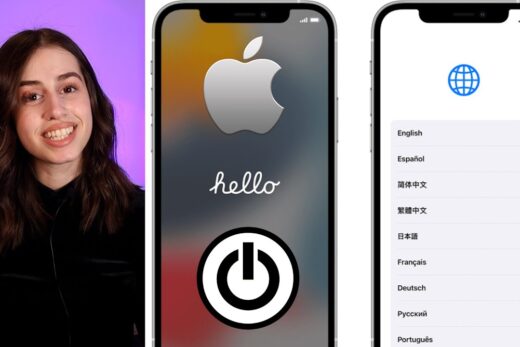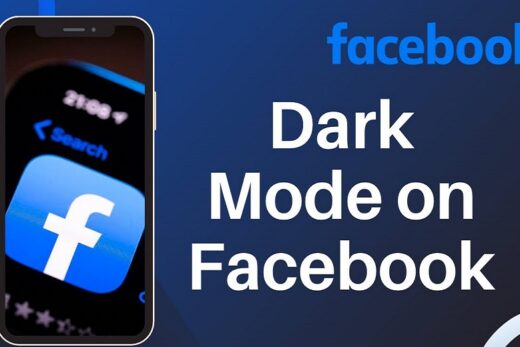Digital marketing is the heart of marketing in the age of the internet. Nearly 59.5% of the world population is active internet users.
Digital marketing is also known as online marketing or internet advertising. With the rapid expansion of the number of internet users, businesses are trying different approaches to influence customers in a fast but efficient manner.
What is Digital Marketing?
Digital marketing is promoting your brand or product through online marketing efforts. The most popular digital marketing methods are SEO, SMM, Email, and others. All means convince users to buy a company’s products or services.
Are you aware of the digital marketing assets? You can reach your potential customers by developing digital marketing assets such as:
- Website, Social media pages, and brand representation by the logo, icons, and others.
- Visual content with videos, demos, images, infographics, flow charts, etc.
- Written content in the form of blogs, posts, manuals, eBooks, and all.
- Online tools and services such as SaaS, software aids, customer support, and the like.
- Reviews, Ratings, and Testimonials.
How to develop Digital Marketing Strategies?
Design your strategy by considering the fundamental Digital Marketing techniques:
# SEO
Search engine optimization is the most user-friendly and low-budget marketing technique. Do you know SEO works on the principle of pull marketing? It works by influencing users on their demand. SEO simple tricks:
- Work on both on-page and off-page SEO.
- Provide quality content to the users.
- Make your website Mobile friendly.
- Improve User Engagement by using multimedia.
- Follow link-building techniques for getting more views.
This technique is effective in making your customers aware of your brand and nurturing more leads. Further, you can avoid PPC redundancy and make your SEO strategy with the Best SEO Company in India.
It helps your web page getting a higher rank on SERPs. Thus, websites get more organic links and attain more leads.
# Email Marketing
Email marketing is the best way to engage your potential audience. It involves the conversions of your audience into lead buyers. Launching email campaigns is the proven method to actively engage your customers with the company’s products and services. Email marketing best practices:
- Develop your Email List: It can be done by writing blogs and offering subscriptions at the end by email ids. You may add your subscription link in the description part of the videos.
- Frequency of Sending Emails: Overdoing the number of emails will shoo away your customers by irritating them.
But, regular emails will improve your online presence and keep customers aware of your new offers, discounts, and services.
It would be best to make a perfect balance between both approaches by trying and testing the results.
- Focus on Developing Relationship: Send a welcome email when a customer joins your list. Then, start sending personalized emails using AI tools to align your content with user behavior and interests. Sending valuable information will improve the credibility of your Email.
Buying the Emails list will be of almost no use. Customers will either ignore your Email or put it into a spam list, thereby affecting your brand reputation in the eyes of Search Engine Crawlers.
# Social Media Marketing
Social Media are improving user reach in leaps and bounds day by day. Enticing content is a plus point to get user attention. Moreover, Popular social media platforms are Facebook, Instagram, Twitter, TikTok, Pinterest, Linked In, etc.
All the more, it’s super easy to promote your brand on social media by paid ads. Moreover, social media post ads based on demographics, consumer behavior patterns, age group, gender, and other user-related information.
You can even choose the type of ads you want to display, like attending events, lead generation, queries for product campaigns, following media channels, watching a video, and so on.
Technology decisions matter the most for designing ads. For example, you can use AR technology for virtual try-on options in the ads. Otherwise, story-based ads can actively engage potential viewers.
# B2B and B2C companies Digital strategy
B2C companies deal with customers directly and need to sell the products having nominal prices. For instance, A biker will purchase the bike of his choice by seeing an ad on social media or a discount offer on Email.
On the other hand, B2B companies have longer buying cycles due to significant investments involved, more extended tie-up periods, and other risks involved.
So, B2B’s powerful digital strategy will include:
- A good landing page and an effective website with creative content.
- Show detailed client testimonials and impact stories.
- Add brand messages, success stories of customers, and videos of how your product is different on social media platforms.
- Promote referrals from present customers by offering incentives or partnerships.
It is better to form a separate digital strategy even if you work on both segments B2B and B2C.
Conclusion:
Applying Digital Marketing methods is very handy and easy these days by using simple social media tools, improving consumer interaction with email marketing, and optimizing your website.
Moreover, B2B companies and B2C need to cater to their target customers differently.
Thus, Digital Marketing efforts will improve customer loyalty, drive lead conversions and increase sales of your products and services.


